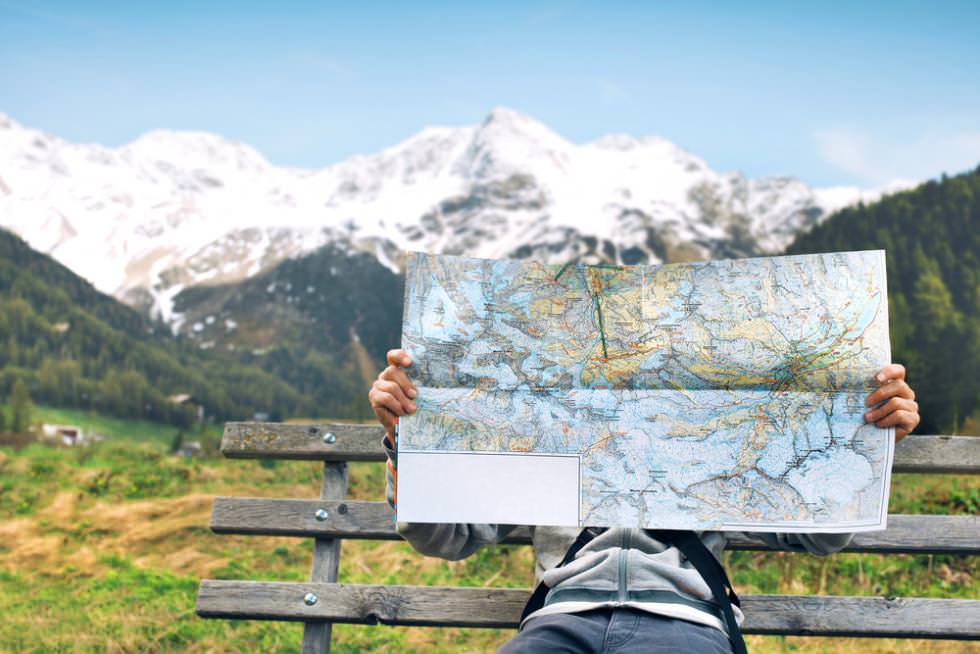Traveling is one of my favorite things to do, but I wouldn’t be able to keep traveling if I didn’t take a number of precautions to ensure the safety of myself and my things. Let’s face it: the world is becoming a more and more dangerous place. In fact, recent polls have shown that people are skipping out on travel plans due to everything from Zika concerns to terrorism concerns. But although personal safety should of course be your number one concern, that’s no reason to stop traveling altogether! Here are some tips to making sure that your trip goes off without a hitch:
Pick a Safe Destination
International SOS and Control Risks have recently released a new map showing potentially dangerous places for travelers. I highly recommend taking a look at the map before you choose your next vacation destination, just to make sure that you’re not traveling to somewhere that’s considered to be high risk. Another great resource for checking out potential threats is the US State Department website. On the website, you can search by country and learn everything you need to know about common threats to travelers and more—plus sign up for STEP traveler alerts so that you’ll be amongst the first to know if anything changes about the current situation abroad, such as if there are protests going on.
Be Smart About Your Belongings
I spent a couple months living in and traveling around Brazil. Now, prior to my trip, I had read all about the safety risks that I might face in Brazilian cities, and I knew I didn’t want to take any chances. So while I was traveling there, I left my passport and wallet locked up in the safe in my accommodation and carried only a photocopy of the passport and a small amount of cash with me every day. On the other hand, there have been places where I’ve carried around my passport in a money belt during the days. Of course, what you do for safety precautions will vary depending on where you are—so look online for destination-specific tips prior to your departure. And wherever you are, don’t leave your backpack, camera, phone, or anything else just sitting there unattended—that’s just common sense!
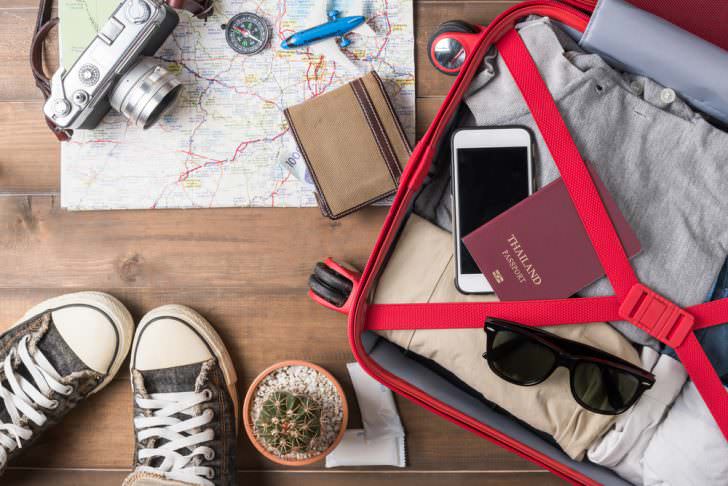
© kwanchai.c / Shutterstock.com
Know the Local Scams
Unfortunately, travelers are often the target of scams, either because they don’t know the area well enough or because they are distracted by something else in their surroundings. The last thing you want is to find out that friendly man in Istanbul was only showing you where your destination is because he expected you to tip him! Again, I recommend checking out the State Department’s website; usually on each country-specific page, they’ll list common scams that you’ll want to be aware of. You can also just do a general Google search for “common travel scams” so you can be well-versed and know what to keep your eyes out for.
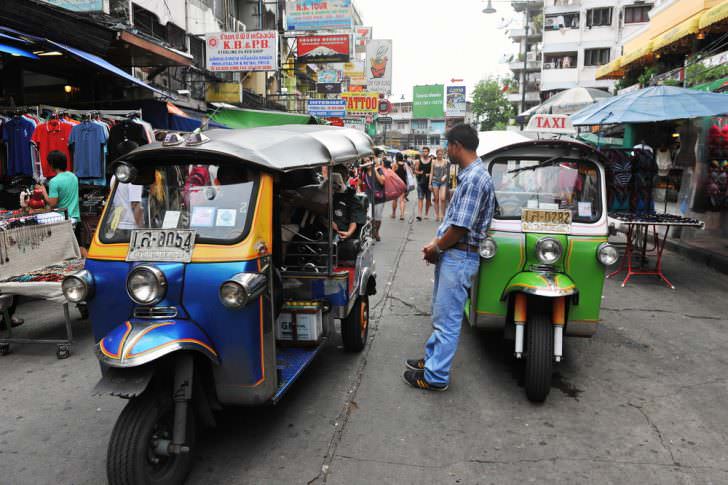
© 1000 Words / Shutterstock.com
Be Wary of the Roads
If you’re used to driving in North America or Europe, driving in, say, India could be a bit of a shock. In other countries, you’ll often find that pedestrian laws are ignored or don’t exist, and even typical traffic laws like lane dividers and speed limits are viewed more like suggestions than as enforced rules. And once you get outside of the cities in, say, Mongolia, you could find that the roads are generally dirt rather than paved and can be difficult to navigate in the pitch-black of a moonless night. Make sure you know ahead of time what you’re looking for—or hire a guide that you can trust!
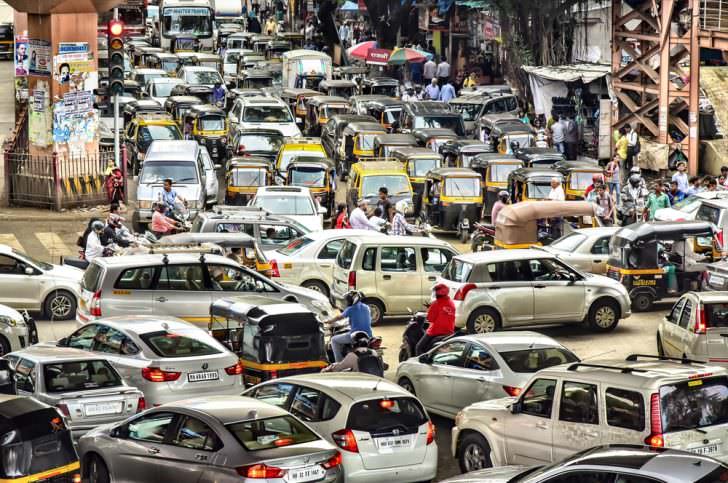
© monotoomono / Shutterstock.com
Get Familiar with Your Surroundings
One of the first things I do when I arrive someplace is to pick up a map. Usually you can find these at airport info booths or at the information office downtown. Or if you’re staying at a hotel, you may be able to get one from the hotel’s concierge desk. I like having a paper map rather than just using my phone because then I don’t have to worry about my phone’s battery dying. Even if I never end up using my paper map, it’s nice to have that backup plan in my bag just in case! The last thing you want to do is walk through an unsafe area after dark, so make sure you know where you’re going and what areas you should be avoiding.
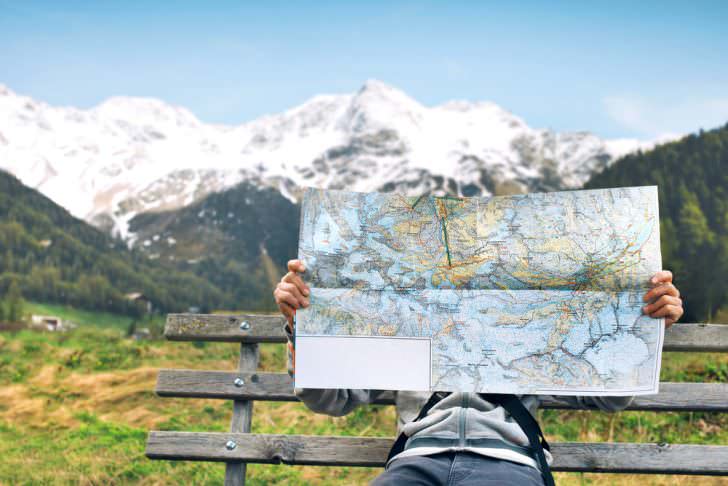
© frankie’s / Shutterstock.com
Avoid Health Situations
In 2016, many travelers—including Olympians—chose not to travel for fear of Zika. Depending on where you’re traveling to, you could encounter mosquito-born illnesses, food poisoning, general traveler’s sicknesses, and more. These can really put a damper on your vacation, so you’ll want to use common sense but also take some steps to avoid them. Definitely make sure you check the Center for Disease Control’s webpage and view their country-by-country breakdown of which vaccinations are recommended. Talk to your doctor to make sure that your vaccinations are up-to-date—or better yet, book an appointment at a travel clinic with a doctor who specializes in knowing what vaccinations you should have. And make sure that while you’re abroad, you use sunscreen and mosquito repellent as needed: they’re one of your first lines of defense.
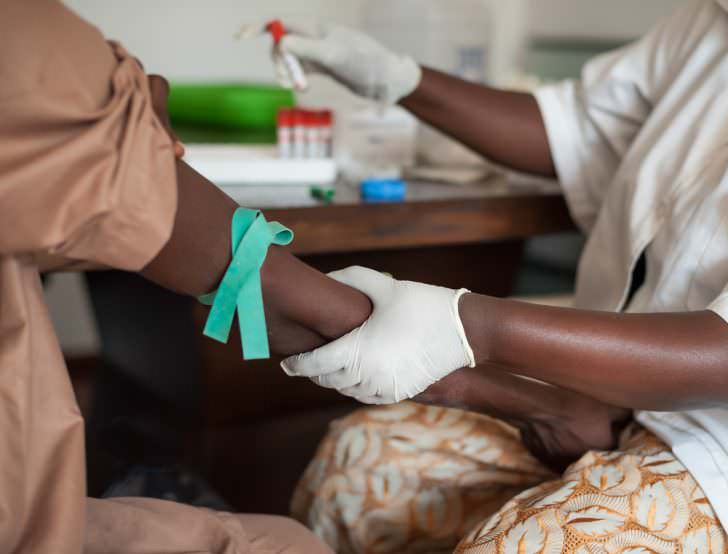
© Leonie Pauw / Shutterstock.com
Although there’s no denying that the world can be a dangerous place to travel around, there is no reason why your worries should be keeping you from traveling entirely. There are so many great places out there, and as long as you use a little common sense and planning, you can mitigate the safety concerns and focus on the fun!
